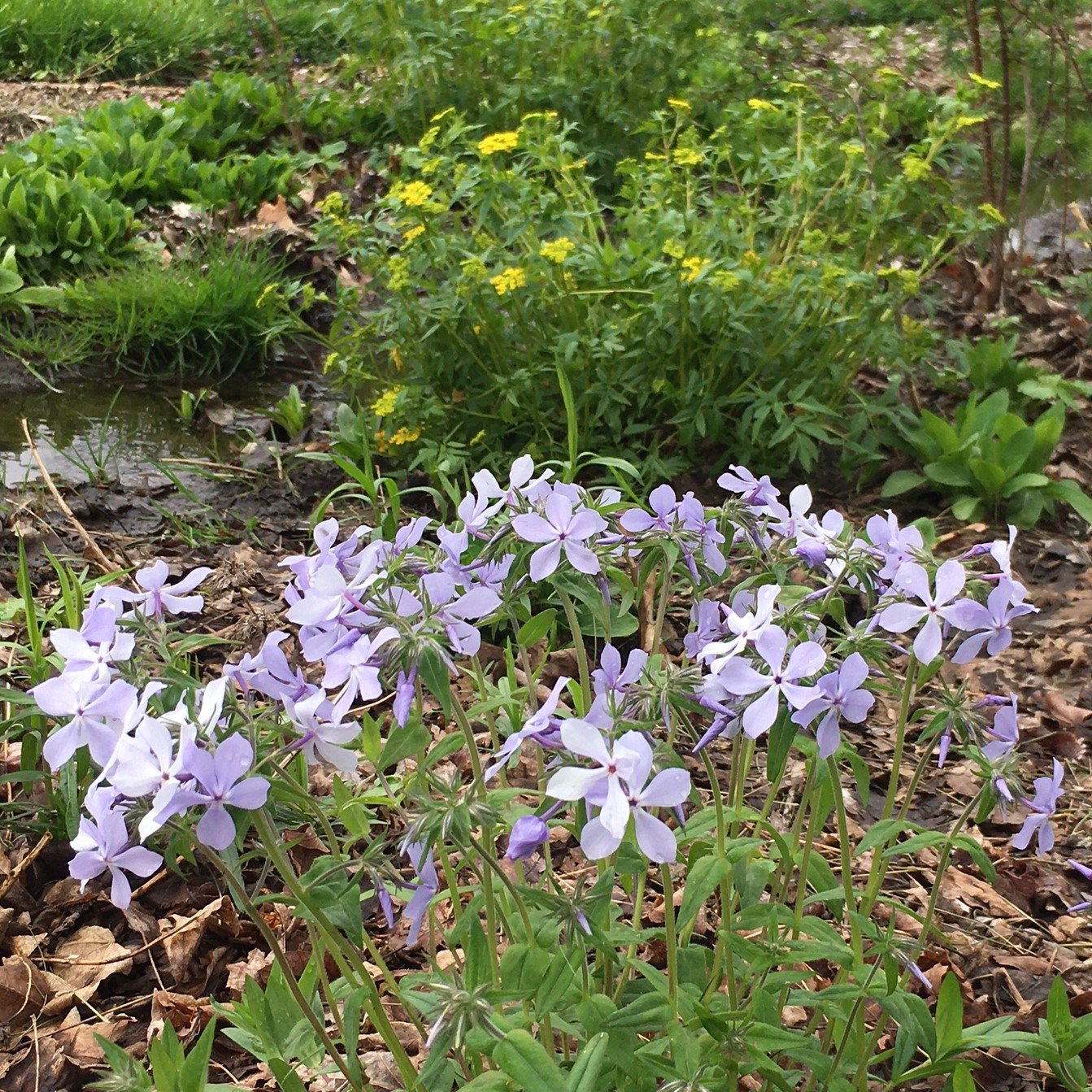HABIT
Height: 12”
Bloom Time: early to mid-spring
SITE CONDITIONS
Light: part shade
Soil: medium-wet, average, medium-dry
CULTIVATION TIPS
Establishment: spreads slowly, eventually forming loose sprawling colonies
Deer Resistance: low to moderate
INTERACTIONS
Pollinator Support: high; requires long-tongued insects for pollination
CONSERVATION
Native Range: Northeast, Mid-Atlantic, Southeast
Seed Propagated: no

